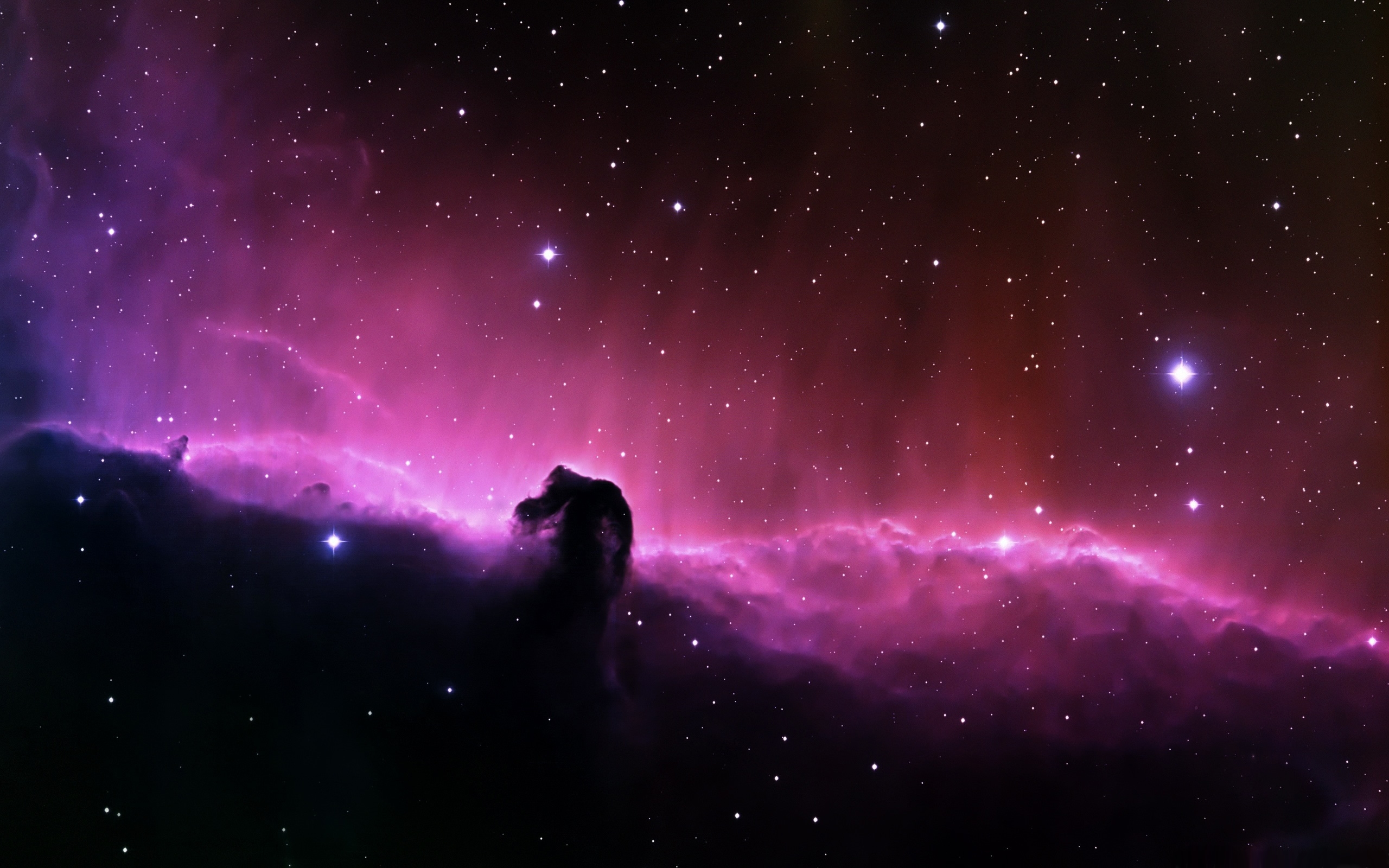Needy Nebula Mac OS
The sandbox is a virtual machine image with a pre-configured OpenNebula 3.8.1 front-end running CentOS 6.3. The sandbox is also configured to run virtual machines itself, so you can test OpenNebula with real virtual machines. Optionally other worker nodes can be enrolled to build small-scale cloud infrastructures.
- 3 GB of free disk space
Head over to the download page and select MacOS as your operating system to get the correct version of Nebula. Unzip the downloaded zip file contents and look inside the folder for the Nebula app icon. The alpha version of the app is not signed. Hold control, open the app and give permission to your system to run Nebula. Needy Nebula Devlog 3#. The game, is currently a rough build so there are probably a few glitches. A Mac and Linux version will likely be up soon too. See the best Desktop Nebula HD Wallpapers collection. If you see some Desktop Nebula HD Wallpapers you’d like to use, just click on the image to download to your desktop or mobile devices. Aug 01, 2018 Planetary imaging on the Mac. Planetary is fairly straight forward. Large aperture scopes like 6' and above are great for this, and you don't need to have an equatorial mount. Any Alt/Az (Altitude Azimuth) mount will work. A high speed web cam or astro camera and Mac laptop are the only additional entry level hardware requirements. NTFS can be written and read from native Windows OS It can only be read from native Mac OS X. Alternatively, you can read/format/write NTFS from Mac through these: 1. For Mac OS X version 10.4 or later with 64 or 32-bit, install Paragon app (Best Choice for Lion). For specifically 32-bit Mac OS X, download and install the NTFS-3G for.
Download the image from here: VirtualBox.
The image is compressed using bzip2. Be sure to decompress it before moving on.
Step 1 - Download and install VirtualBox
Follow this guide in order to install VirtualBox.
Needy Nebula Mac Os Catalina
Step 2 - Create a new Virtual Machine
- Create a new Virtual Machine by clicking on the New button.
- Enter
opennebula-sandboxin theNamefield, select TypeLinuxand VersionRed Hat (64-bit) - Select
Use an existing virtual hard driveand select the uncompressed image downloaded in step 1 by clicking in the folder icon. Click onCreate - Under
Machine → Settings, select theNetworkoption, click on theAdvancedarrow, and you will see aPort Forwardingbutton. Click on it and you will see a dialog appear. Click on the icon that has a green plus sign and fill in9869both in theHost PortandGuest Portcolumns, leave all the other fields in blank. Add another rule by repeating the process, but use the port number29876instead.
Step 3 - Start the Appliance

Click on the Start button and a Virtual Machine console will pop up. Wait until you see a login promptthat says 'one-sandbox login:“
At this point you can log in into the Virtual Machine using the following information:
Mac Os Mojave
- Password: opennebula
Mac Os Download

Follow this guide in order to check out what OpenNebula can do.